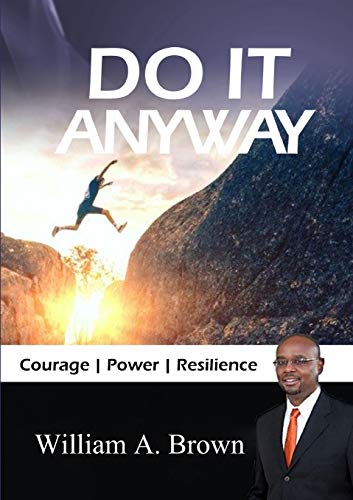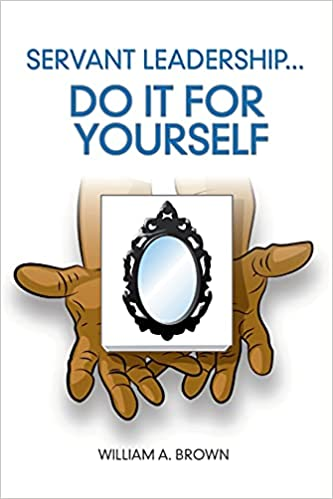Article-Detail
Proper Workplace Investigations are Essential
If you are working in Human Resources, Compliance, Ombudsman, Legal or a related department, a good amount of your work will be investigations. Whether it’s responding to complaints, looking into egregious incidents, or responding to grievances, you will be expected to follow a process that is comprehensive, and unbiased, and that you will follow up with all parties involved. In some organizations, the process of following up will be laid out in your employee contract or organizational policy. In many organization, you will have unions or advocates and superiors who will want constant updates and will make efforts to manipulate your investigation. In each investigation, there will be employees who will use this experience to form a narrative about you and the way you work. For all of these reasons, you will need to be sure that you are fair and consistent every step of the way.
Society for Human Resource Management (SHRM) Senior Writer/Editor, Dori Meinart, writes extensively on Human Resources issues, and federal cases that go as high as the U.S. Supreme Court. She writes, “In today’s world, being able to conduct an effective internal investigation that will withstand legal scrutiny is a core competency for HR professionals.” Your process has to not only be “prompt, thorough, and timely”, it also has to stand up to appeal and legal challenge. Keeping this in mind, she shares 10 common mistakes HR professionals make while conducting investigations.
1. Failing to plan
2. Ignoring complaints
3. Delaying investigations
4. Losing objectivity
5. Being distracted during interviews
6. Using overly aggressive interview tactics
7. Not conducting a thorough investigation
8. Failing to reach a conclusion
9. Failing to create a written report
10. Failing to follow up with those involved
James Castelluccio, a former IBM vice president was awarded $4.1 million in 2014 by a federal judge after a jury in Connecticut found that the 61 year old employee was wrongly terminated because of his age. US Magistrate Judge Thomas P. Smith criticized IBM’s internal handling of the age discrimination complaint that Castelluccio had taken to HR before he was let go. The HR investigator concluded that Castelluccio was treated fairly, the judge said the report was one sided pointing to the fact that the HR report failed to include evidence favorable to Castelluccio including his performance reviews.
I tell people to listen as if they are all telling the truth and investigate as if they’re all lying. You may have a sense that someone is lying in an interview, your investigation will reveal that so take good notes. These notes will prepare you for the day you have to confront them with their deception. You will also have to comfort reluctant or resistant witnesses, some will not want to participate for fear of retribution, and some will want to protect friends. Either needs to know that their help is essential to you getting a complete picture of events, without it a bad behaver may get off, or their friend may be treated unfairly based on a lack of information. Throughout the process, keep in mind that everyone has rights that have to be protected. Badgering, threatening, or jumping to conclusions only feeds the rumor mill and makes your job more difficult to do. Further, your tactics weaken your case in the eyes of an arbitrator.
Being the primary investigator in my organization, I have condensed the process to 4 steps
1. Get a solid understanding of the complaint. What are the claims? Who was involved? Begin building a list of people who may be able to help (witnesses). Try to walk in the steps of the complainant.
2. Plan your investigation. Have questions written out before you meet. Your questions should build on one another based on the information you have learned and take good notes. If you need to back track and speak to someone a second or third time, your notes will help you plan that conversation.
3. Share inconsistencies. If you hear something that doesn’t flow with what you have learned, say so and ask for clarification. Maybe things happened differently than you thought, maybe someone else is being deceptive. Putting inconsistencies on the table gives you an opportunity to see who is being straight and who isn’t. Don’t fill any gaps yourself, ask questions.
4. Follow up with people. Let them know whether your investigation is complete or if there are still a few people to talk to. When it is complete, speak with the people involved to share with them your findings in person. Explain how you arrived at the conclusions you did.
A big part of the job is understanding that people will not be completely happy with your findings. Usually, both sides will paint themselves as the victim and will fully expect that you will too. When you don’t their disappointment can show up in the form of acceptance, protests, or appeal, your process and logic is important as it comforts the rest of the organization that you will do the right thing even in the face of harsh criticism.
Lastly, many investigations will result in discipline, and often times they won’t. Either way, you will need to follow an unbiased process, tying up all loose ends resolving issues in a way that makes the organization better. I can’t express it strongly enough, follow the contract or written policy when administering discipline.
Case after case, you will find yourself in the middle of “he said, she said” issues, claims of mistreatment, and harassment allegations, your stamina and focus is essential to arriving at the proper conclusions. Do not grow weary with the work. Your adherence to a fair process builds trust among those involved and those who have been “informally” watching what you do via the grapevine. Keep in mind that through all of the protests and unhappiness, the goal of your work is to make the organization better for everyone. Do that and you will SOAR!
William A. Brown
December 29, 2019
https://www.cio.com/article/2438806/how-to-conduct-an-effective-investigation.html
https://www.nolo.com/legal-encyclopedia/investigate-workplace-complaint-29475.html




